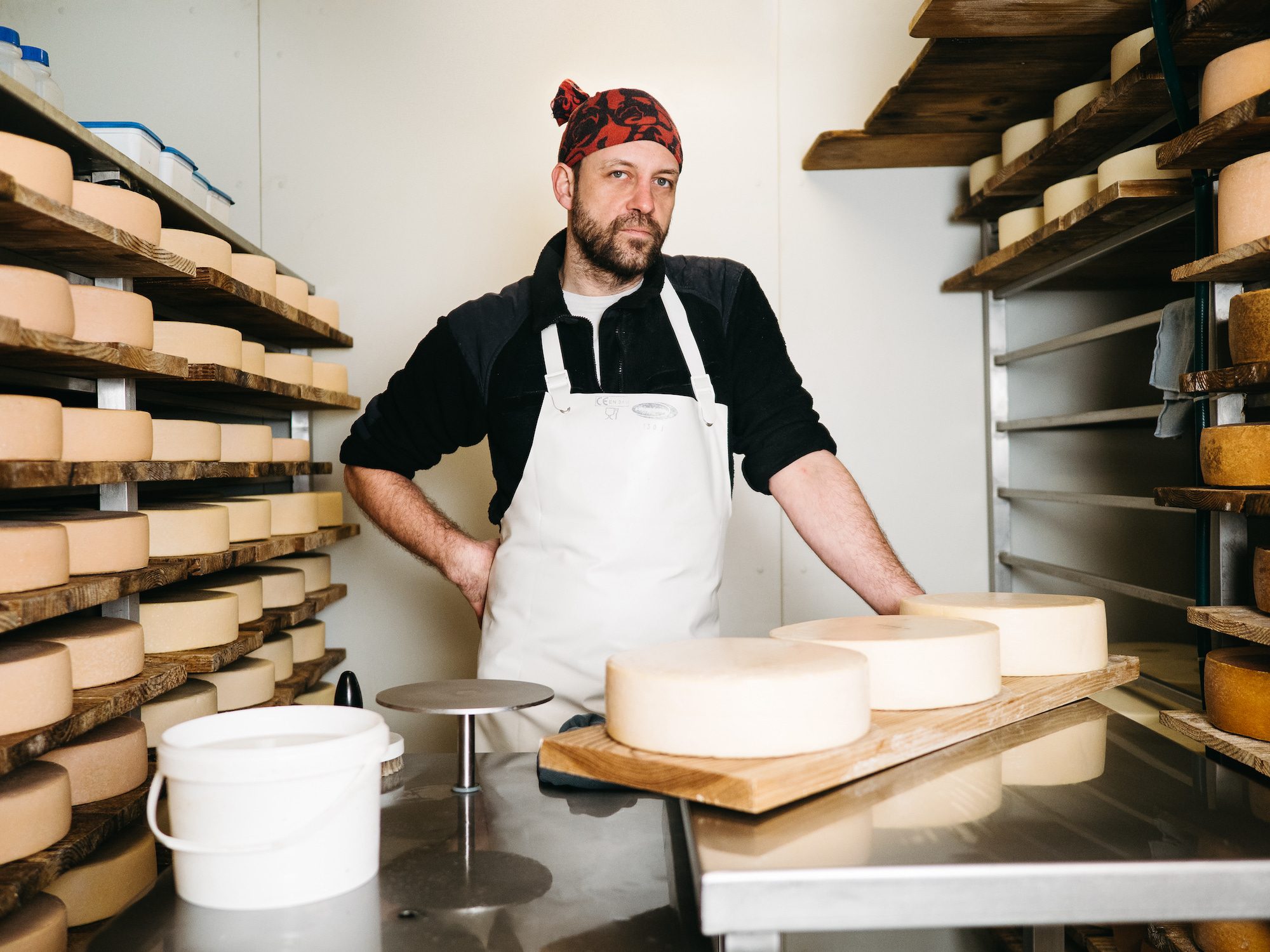Behind the Scenes with Cheese Makers Melbourne: Including Floridia Cheese
Behind the Scenes with Cheese Makers Melbourne: Including Floridia Cheese
Blog Article
Unlocking the Secrets of Artisanal Cheese Making: A Detailed Do It Yourself Guide
In the world of culinary workmanship, artisanal cheese making stands as a testament to the fragile balance between practice and advancement. Each step in the procedure, from choosing the best milk to improving aging techniques, holds within it a wide range of understanding passed down via generations. As we begin on this journey to debunk the art of developing charming cheeses, we are encountered with a tapestry of skills and keys waiting to be untangled. Join us as we explore the details of this old craft, where scientific research, patience, and art converge to generate flavors that entice the detects.
Selecting the Right Milk
When beginning on the journey of artisanal cheese making, the selection of milk plays a critical duty in determining the quality and qualities of the final product. The type of milk chosen impacts the flavor, structure, and overall profile of the cheese. Raw milk, directly from the pet, is preferred by numerous artisanal cheesemakers due to its one-of-a-kind blend of enzymes, bacteria, and taste compounds. Making use of raw milk comes with guidelines and risks, making sterilized milk a more secure choice for beginners.
When selecting milk for cheese making, it is necessary to consider the fat content. Greater fat web content in milk can lead to a creamier and richer cheese, while lower fat web content might result in a drier and firmer texture. Additionally, the resource of the milk, whether from cows, goats, sheep, or buffalo, contributes unique flavors and characteristics to celebrity (Floridia Cheese Thomastown). Each sort of milk brings its own nuances, permitting a vast array of cheese varieties to be crafted based upon the selected milk. Eventually, the selection of milk is a fundamental decision that establishes the structure for a successful artisanal cheese-making undertaking.
Culturing and Coagulating
To launch the cheese-making process, the vital steps of culturing and coagulating need to be carefully carried out to change milk into curds and whey. Culturing includes introducing helpful germs to the milk, which then starts the fermentation procedure. These germs transform lactose (milk sugar) into lactic acid, producing the acidic atmosphere needed for coagulation. The sort of culture used can considerably affect the flavor, texture, and ripening of the final cheese item.

The timing and temperature control during culturing and coagulation are critical variables that affect the final outcome of the cheese. Appropriate execution of these steps is vital to make sure the preferred appearance, taste, and uniformity of the artisanal cheese being generated.
Draining Pipes and Pushing Curds
After the milk proteins have coagulated and the curds have actually been reduced to launch whey, the next critical action in artisanal cheese making entails draining and pushing the curds to attain the wanted structure and consistency of the final cheese item. The time for draining pipes can vary depending on the type of cheese being made and the wanted moisture material.
Once the curds have completely drained, the next action is pressing. Pressing aids eliminate any staying whey and compacts the curds to form a strong cheese wheel. Pressing can be done utilizing specialized cheese presses that use regular and mild pressure over a duration of time. The duration and stress used during pressing will certainly influence the last texture of the cheese, from soft and velvety to hard and firm. Proper pressing and draining pipes are crucial actions that significantly influence the top quality and characteristics of the artisanal cheese being created.
Aging and Flavor Techniques
Carrying out meticulous aging and flavoring strategies is critical in boosting the deepness and complexity of artisanal cheeses, elevating their taste accounts to exquisite degrees of refinement click over here and elegance. Aging plays an important duty in creating the unique tastes and textures that differentiate artisanal cheeses. Throughout the aging process, cheeses are kept in thoroughly managed environments where aspects such as temperature level, air movement, and humidity are manipulated to motivate the growth of helpful mold and mildews and microorganisms. This regulated environment allows the cheese to mature slowly, developing rich tastes and intricate aromas.
Seasoning strategies likewise add substantially to the final taste of artisanal cheeses. Cheesemakers may pick to present additional flavors by including active ingredients such as natural herbs, flavors, and even fruits into the cheese during the manufacturing procedure. In addition, some cheeses are washed or rubbed with numerous fluids, such as salt water or alcohol, to boost their flavors and structures.
Covering and Storing Cheeses

Conclusion
In verdict, mastering the art of artisanal cheese making entails thoroughly selecting the appropriate milk, following exact culturing and coagulating procedures, draining pipes and pushing curds effectively, and utilizing different aging and flavor strategies. Remember to wrap and save your cheeses effectively to guarantee ideal taste and structure growth.
Each kind of milk brings its own subtleties, allowing for a large array of cheese varieties to be crafted based on the selected milk.After the milk healthy proteins have actually coagulated and the curds have been cut to launch whey, the next vital action in artisanal cheese making includes draining pipes and pressing the curds to attain the wanted texture and uniformity of the last cheese product. The majority of cheeses must be covered in wax paper or cheese paper to enable them to breathe while securing them from drying out. For cheeses that require to proceed aging, such as bloomy peels or cleaned skins, ensure they are stored in an amazing atmosphere like a cheese cave or a refrigerator established to the ideal temperature level. By paying interest to the wrapping and storage of artisanal cheeses, cheese manufacturers and fanatics can protect the stability of these delicacies and completely enjoy their complex flavors.
Report this page